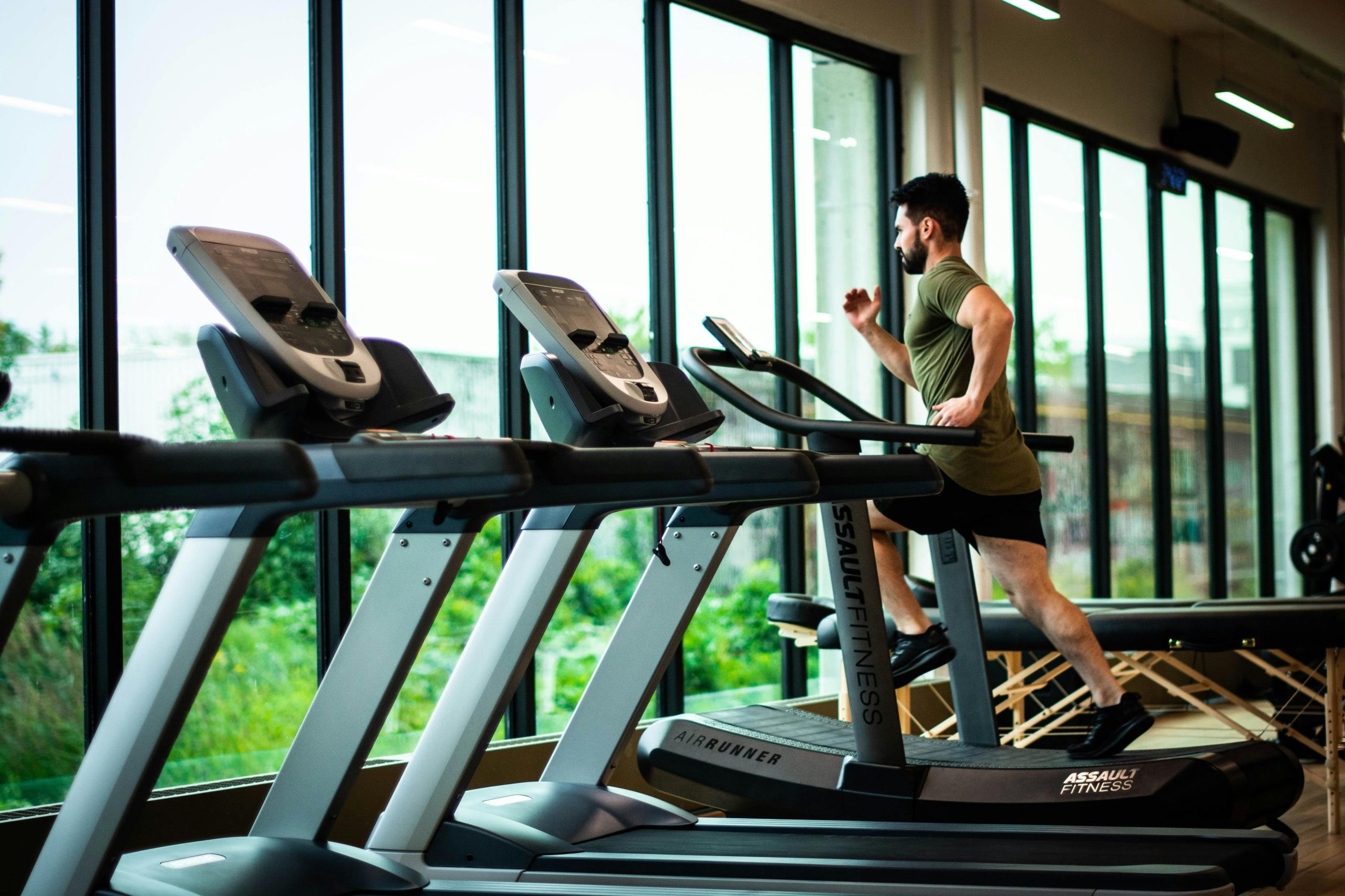By Steve Welch
Our muscles comprise about 40 percent of our body weight and contain up to three-quarters of all the proteins in our bodies. All of that for one important purpose: movement. Yet here we are in a world in which few people get the exercise they need, and our entire society has been set up to discourage movement.
We must fight back! That can start for anyone—from couch potatoes to athletes in near-peak physical shape—by simply accentuating the physical movement already happening in their lives. The next step—which, again, is something that anyone can do regardless of their level of fitness—is to identify opportunities to convert inactivity to activity. We cannot forget, however, that no amount of motion is enough to keep pushing us toward hyper wellness without vigorous exercise. And with vigorous exercise comes a need for a personal regimen of recovery.
There are six therapies that—pursuant to the weight of the scientific evidence—that specifically target exercise recovery and are worth investing your time into whether you’re a professional athlete or an occasional jogger. Any one of these therapies can bring a person closer to their peak potential state of fitness. Combined, though, they represent one of the most powerful ways to arrive at that goal as soon as possible.

Cryotherapy
Cryotherapy has been shown to promote reductions in muscle soreness, muscle damage, and inflammatory markers, as well as improvements in muscle strength. One meta-analysis, including nearly 40 randomized controlled trials with more than 1,200 participants, demonstrated that while cryo-based interventions don’t work for everyone, in every situation, the vast majority of these studies showed statistically significant impacts.
Sauna
Sauna has been shown to improve circulation, reduce inflammation, and enhance immune function after a workout, and several studies of infrared sauna have demonstrated an intriguing reduction in creatine kinase, a key marker of muscle damage. There’s also some compelling evidence that infrared sauna can be effective at improving sleep—which is an element of hyper wellness on its own but also a key component of athletic recovery.
IV Drip Therapy
IV drip therapy can help to replenish electrolytes and nutrients lost during exercise, reduce inflammation, and provide a quick energy boost. While the research that supports the effectiveness of intravenous hydration and nutritional supplementation for myriad health challenges is robust, the research specific to athletic recovery is still nascent. As recently as 2017, the National Athletic Trainers’ Association argued that IV fluids are rarely necessary for hydration when water and sports drinks are readily available, although it’s worth noting that many of that association’s members—including sports medicine and performance officials for professional sports teams across the United States—have publicly acknowledged their athletes’ use of these therapies.
Red, Near-Infrared, and Infrared Therapy
Red, near-infrared, and infrared therapy have been demonstrated to be effective at limiting inflammation and promoting tissue repair, findings that align to the experiences of many Restore clients.

Hyperbaric Oxygen
Hyperbaric oxygen has also been demonstrated to have these impacts, likely through a decrease in inflammatory cell infiltration and a lowering of pro-inflammatory cytokines.
Compression Therapy
Finally, compression therapy is one of the most popular for athletic recovery, and much of that interest has been driven by the long-term and successful use of this therapy by professional athletes and their trainers. LeBron James played a big role in the compression revolution and the year after James started using compression, his team was back in the Finals—this time with a resounding win.
Compression itself isn’t anything new. Athletes have long used bandages and elastic sleeves following strenuous exercise, and many studies have demonstrated the overall beneficial impact on muscle soreness, fatigue, and strength, which researchers generally attribute to the ways in which pressure influences blood circulation, which of course is vital for delivering oxygen to our muscles. However, as computerized compression has gained popularity, many athletes have added it to their “athletic recovery rotation.”
What we’ve heard from countless people who are training at their absolute peaks—is that the combinatory effects of multiple therapies appear to accentuate any singular benefits. When it comes to exercise recovery, the whole is greater than its parts, and combining two or more therapies tends to yield better results than just one alone. Restore Hyper Wellness brings all these wellness therapies under one roof making it easy to create a personalized routine that will maximize recovery.
Steve Welch, CEO/Co-Founder of Restore Hyper Wellness and author of Restore: The Life-Changing Power of Right-Away Wellness
